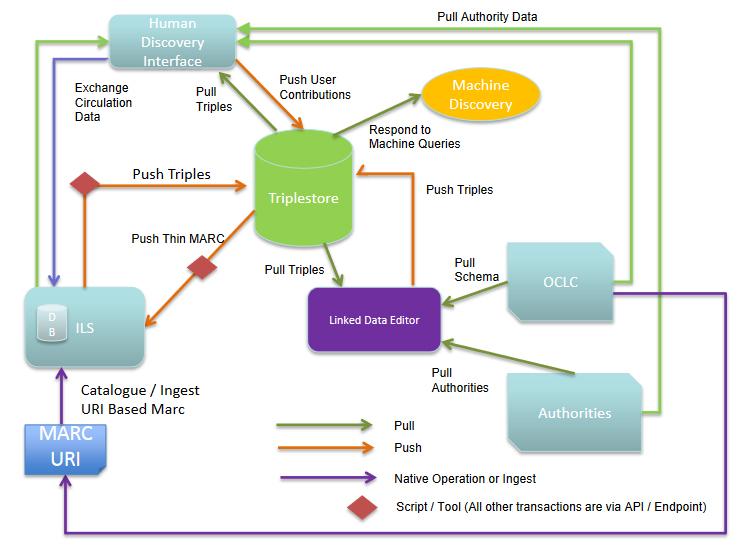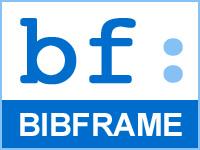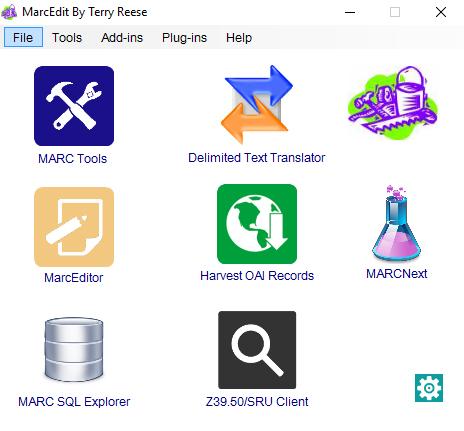by Lizzy Baus
Quick Summary
In the February 28 ASIST webinar "From MARC silos to linked data silos?" Osma Suominen of the National Library of Finland addressed the more practical aspects of moving from a MARC-based world to a Linked Data one. In discussing the current situation, Suominen notes that there are many different approaches in use, for modeling and encoding data. He points out that the "proliferation of data models limits the reusability of bibliographic data. In effect, libraries have moved from MARC silos to Linked Data silos of incompatible data models."

On February 28, Minitex staff attended a webinar presented by Osma Suominen, of the National Library of Finland, addressing the more practical aspects of moving from a MARC-based world to a Linked Data one.
In discussing the current situation, Suominen notes that there are many different approaches in use, for modeling and encoding data. He points out that the "proliferation of data models limits the reusability of bibliographic data. In effect, libraries have moved from MARC silos to Linked Data silos of incompatible data models." We see FRBR-based models, Dublin Core, schema.org, and all sorts of other ways of publishing library data. Suominen refers to the current abundance as a "family forest" - not a family tree, as the various models have no common ancestor. Partially due to the abundance of data models, there is also a multitude of available converter tools. The presenter mentioned (but did not discuss in detail) such converter tools as Catmandu, Metafacture, marc2bibframe, and pybibframe.
In differentiating the different approaches, Suominen described a spectrum ranging from "Libraryish" approaches to "Webbish" approaches. This spectrum refers to the different focuses of different models. Some are more suited to maintaining good clean data (the Libraryish end), while others are better suited to robust publishing of data on the Web (the Webbish end). This spectrum, Suominen says, can help organizations classify and choose what sort of RDF data model would be right for their data. There are two main ideas to think about here: 1. Will you describe Works or only records? 2. Are you focused on Libraryish (maintenance) data or Webbish (publishing) data? Whatever approach is right for your institution, Suominen cautions, you should not need to create a new model - instead focus on improving existing ones! He mentioned that the LD4P initiative is on the right track in this area.
Suominen also presented efforts at the National Library of Finland to open up their bibliographic metadata, including the national bibliography Fennica, the national discography Viola and the article database Arto, as Linked Data while trying to learn from the examples of others. The presentation ended with a description of their conversion process from MARC records to BIBFRAME and Schema.org compliant RDF, which they plan to publish as Linked Data using various technologies including a SPARQL endpoint, HDT compressed RDF dumps and a Linked Data Fragments API.




